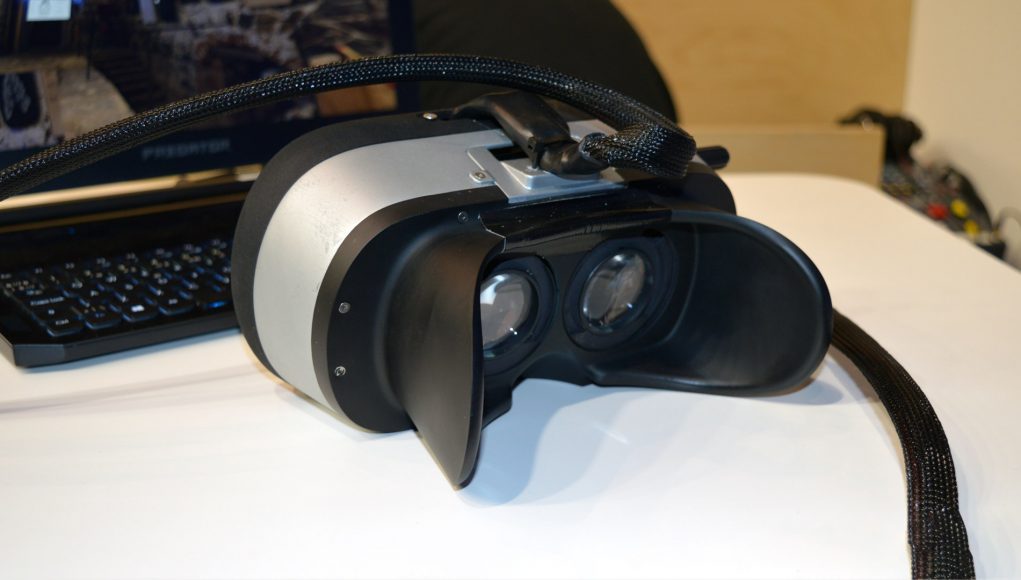Varjo, the Finland-based headset manufacturer, today announced the company’s upcoming high resolution VR headset will have AR pass-through capabilities powered by Socionext image signal processors.
Varjo’s headset is basically taking what some consider a shortcut to retina resolution with its ‘bionic display’ – a technique that combines a high resolution microdisplay with a standard VR display to achieve higher detail. Now, on top of the previously mentioned promise of an adaptive microdisplays and eye-tracking (neither were on show at MWC), Varjo is adding AR pass-through to its list of upcoming features.
While the company hasn’t put forth any usecases for its newly announced AR capabilities, or whether the AR function will be offered as an integrated solution or an external add-on, it’s possible Varjo is going for a similar experience to that provided by ZED Mini, a stereo depth-mapping camera which fits on a mount made to attach to VR headsets like the Rift and Vive. When attached, the camera provides stereo pass-through video and real-time depth and environment mapping, turning the headsets into dev kits emulating the capabilities of high-end AR headsets.
Varjo says they selected Socionext’s Milbeaut image signal processor technology because of how complex the level of camera processing is for both pass-through and AR.
Urho Konttori, Founder and CEO of Varjo, comments: “In Socionext, we have found a strong and reliable technology partner for state-of-the-art imaging solutions. With the Socionext Milbeaut technology, Varjo has built a unique way of combining the real and digital worlds in an unprecedented level of realism, quality and latency.”
Mitsugu Naito, Corporate Senior Vice President and head of Imaging Solution Business Unit at Socionext Inc. comments: “Socionext will continue to fully support Varjo’s requirements whilst customizing Milbeaut to their specific needs. We are very pleased to announce both our collaboration and the design win for Milbeaut as part of their new incredible upgrade to the mixed reality experience.”







